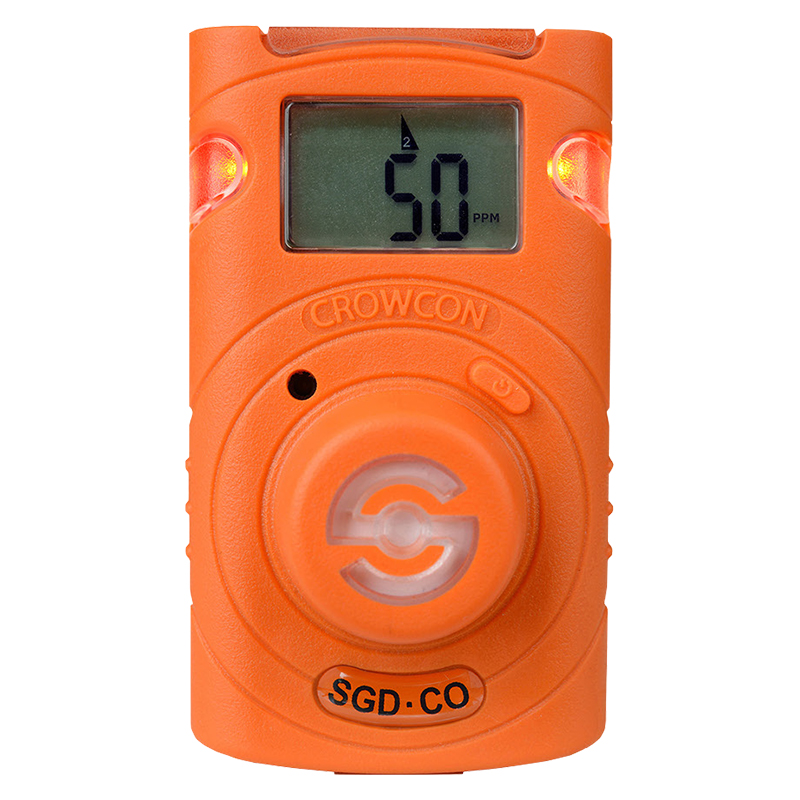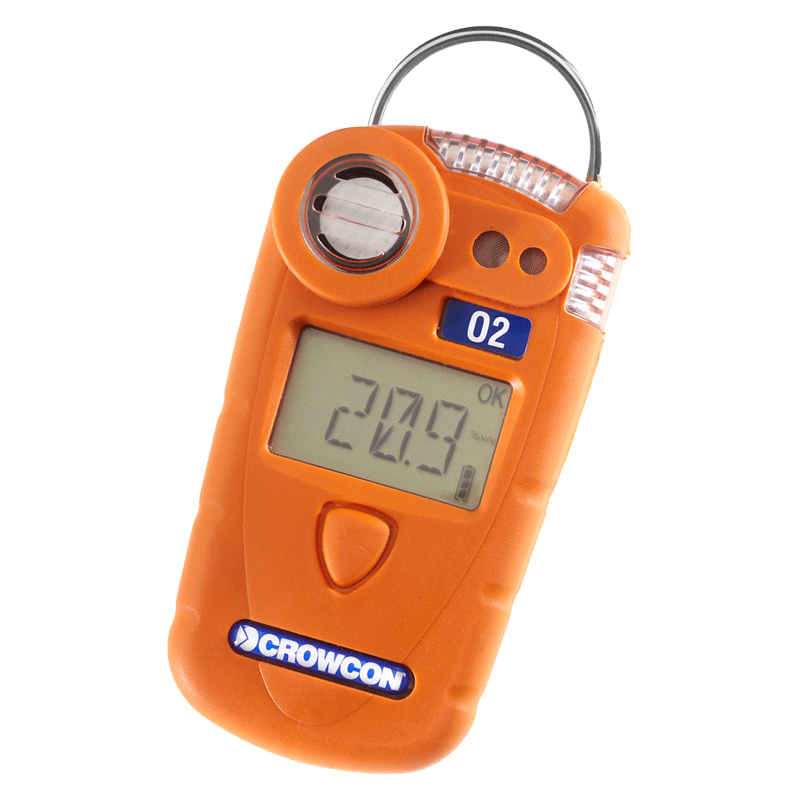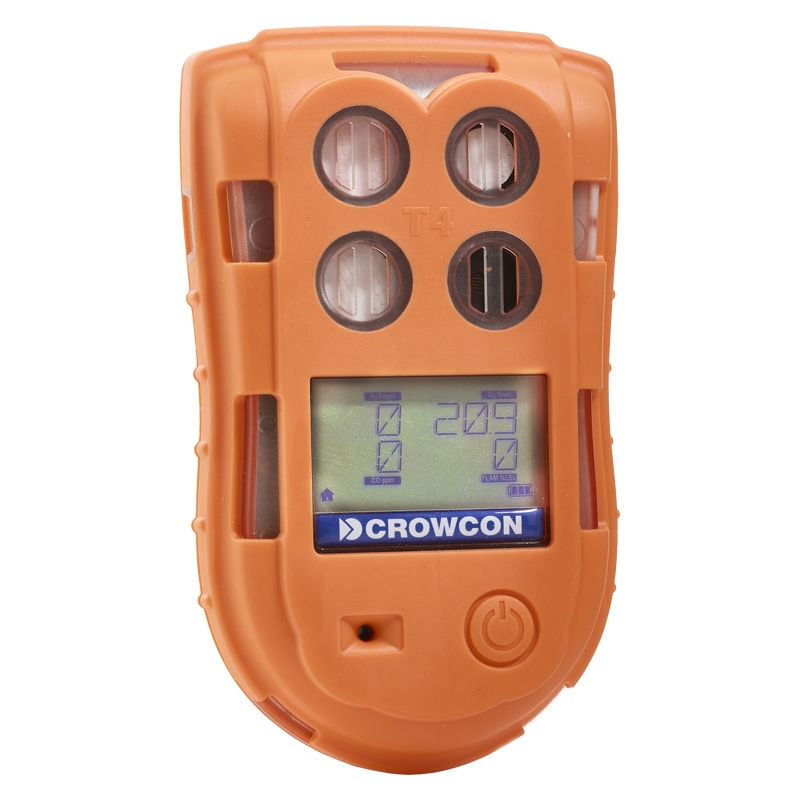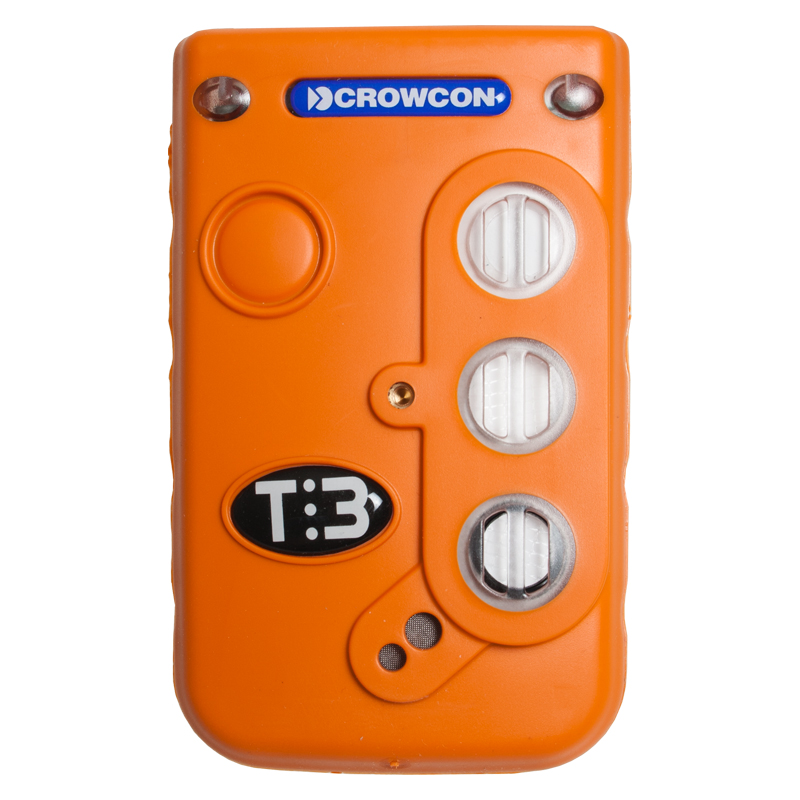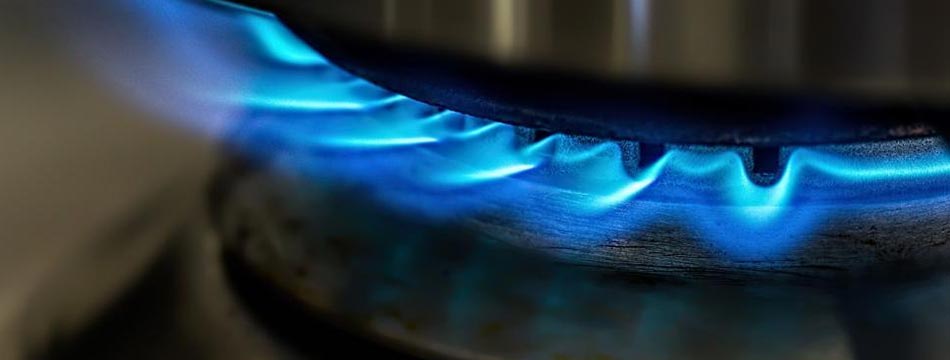
In the UK our varied and often unpredictable seasonal weather leads to small talk, lush flora, and a range of gas safety concerns. It is therefore imperative that we are aware of the various gas safety problems that can arise, as well as how to prevent and/or address them.[1]
Quick Links
- Spring & Summer Gas Safety
- Autumn & Winter Gas Safety
- What Should I Do About a Suspected Gas Leak?
- Crowcon Gas Detectors
- Further Information
Spring & Summer Gas Safety
In the spring and summer, as the weather heats up and children are released from school, we travel the length and breadth of the country to go camping/caravanning or flock abroad for a greater guarantee of sun. When we’re excited about our holidays, concerns about gas safety are, understandably, not at the forefront of our minds and we often fall into the trap of assuming we are behaving in a gas-safe way and that the resorts we travel to, whether abroad or in the UK, are also gas safe.
Camping & Caravan Gas Safety
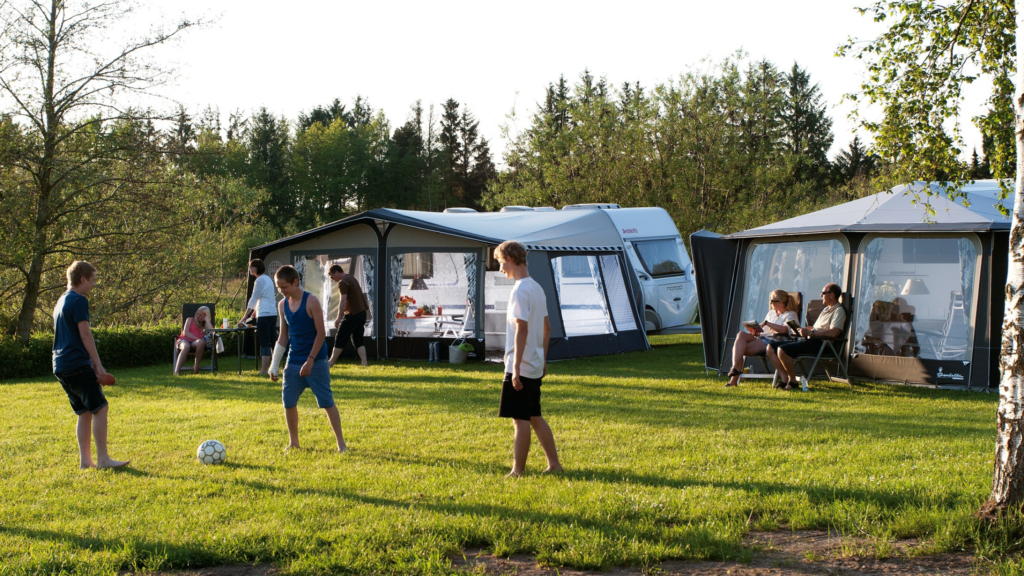
Being aware that camping stoves, gas heaters such as table and patio heaters, and solid-fuel barbeques can produce carbon monoxide is critical to guaranteeing gas safety. Untreated or unaddressed, carbon monoxide poisoning is fatal; ergo, gas appliances must be used in areas with plenty of ventilation. Do not bring them into enclosed spaces, such as a tent or caravan, either during or immediately after use. This is because any carbon monoxide that may have been produced will be unable to escape into the atmosphere, putting you and your fellow travellers at risk of poisoning. Packing a portable carbon monoxide detector can also help you to monitor your risk of CO exposure.
Check Out Our Crowcon Portable/Personal Gas Detectors
How to Have Gas-Safe BBQs
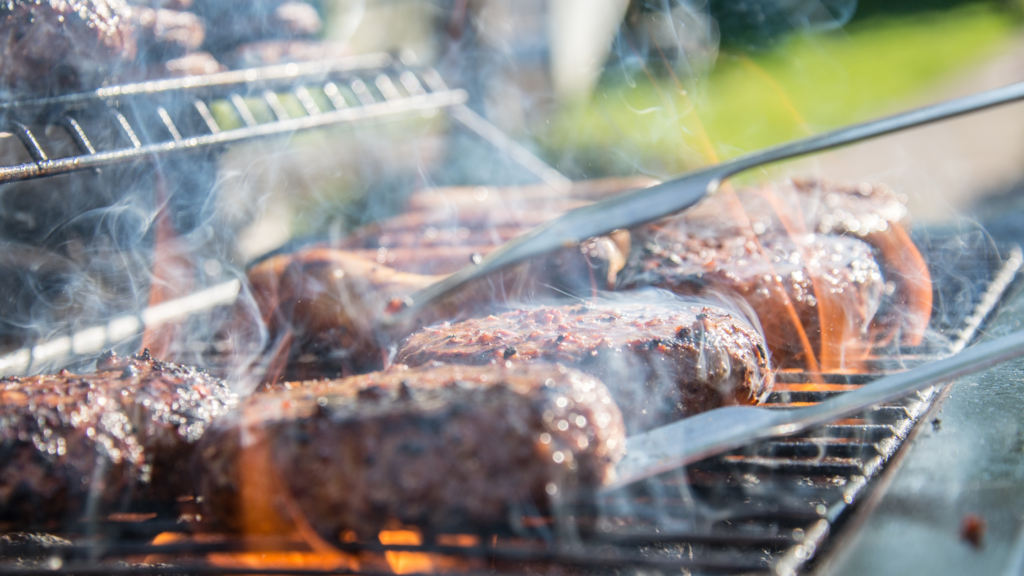
In the summer months, you can usually sniff out the neighbours having a barbeque. As a nation, we are determined to enjoy the summer whether it rains or not. So as soon as that first spindle of summer sun needles its way through the clouds, we break out our sausages and fire up our BBQs. Like solid-fuel (coal) BBQs, gas BBQs can also generate carbon monoxide: a product of incomplete combustion. Unlike sausages, this colourless, odourless gas cannot be sniffed out. Consequently, it is crucial that you use your BBQ in a well-ventilated outdoor area that is as far away from your home, caravan, tent, or villa as possible. This will allow any CO to escape and dissipate into the atmosphere rather than travel into your living space through open windows or doors.
Similarly, if it rains (as it often does), please grab an umbrella and raincoat rather than bring your BBQ inside or under a covering such as a canopy. Not only does this pose a fire risk, but any CO generated will be trapped in the confined space leading to possibly deadly consequences.
Another hazard to be aware of is the potential for explosions that may arise when BBQ gas canisters are stored inside your garage, home, or shed. It just takes a gas leak and a spark to cause a catastrophic event.
Tips for Staying Gas Safe at Resorts
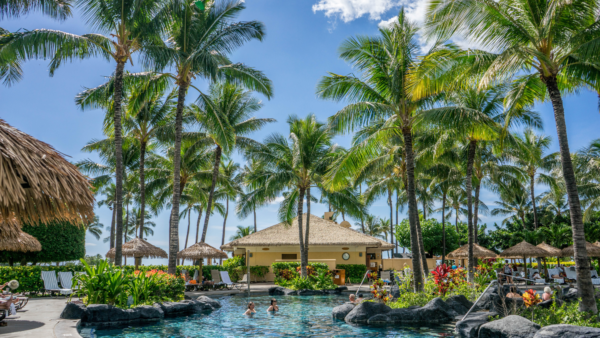
Whether you’re vacationing in the UK or abroad, it is vital that you remain gas safe. Unfortunately, holiday deaths as a result of carbon monoxide poisoning are not a thing of the past.
In October 2021, the Daily Record published an article explaining how a farm company and a former teacher have been fined £120 000 and £2000 respectively after a teenager died from CO poisoning in a rented holiday cottage. The 18-year-old was found dead in the property's bathroom. It was determined that he had died as a result of significant CO inhalation. The gas had escaped from a faulty gas heater and was trapped in the poorly ventilated bathroom. [2]
Read the Daily Record's Report
Assuring gas safety is slightly tricker in foreign countries where gas regulations may differ from our own. Recently, the Independent reported on three British Citizens (a 51-year-old father, his 16-year-old son, and his 20-year-old daughter) who had died from CO poisoning caused by a faulty electrical generator at the property they were renting in Bangladesh. The family’s mother, a 45-year-old woman, and the elder brother, a 24-year-old man, were released from hospital having recovered from critical conditions.[3]
Click for the Full Independent Article
Tragically, the deaths of three American tourists at Sandals Emerald Bay in the Bahamas also occurred earlier this year. In May 2022, Travel Agent Central published a piece explaining that two men, aged 68 and 64, and a woman, aged 65, had died following carbon monoxide poisoning. A fourth guest, a 65-year-old woman, was airlifted to hospital where she recovered. The terrible incident has prompted Sandals to install CO detectors in every room of their Caribbean hotels including the Sandals Emerald Bay.[4]
Full Travel Agent Central Report Here
As illustrated, resorts or property owners cannot always be relied upon to ensure gas safety; but don’t worry, there are six simple steps you can take to help protect yourself:
- Ask whether the gas appliances in your room/villa have been serviced and safety checked
- Pack an audible carbon monoxide alarm
- Request instructions for the gas appliances in your accommodation; this is important as appliances may function differently from those in your own home and knowing how to operate them properly will reduce the risk of damage and/or gas leaks
- Look out for indications of unsafe gas appliances (5 Signs of Unsafe Gas Appliances)
- Make sure you have plenty of ventilation when using gas cookers, stoves, or BBQs of any kind
- Do not use gas stoves, cookers, or BBQs to heat your accommodation
Shop Crowcon Portable/Personal Gas Monitors
Autumn & Winter Gas Safety
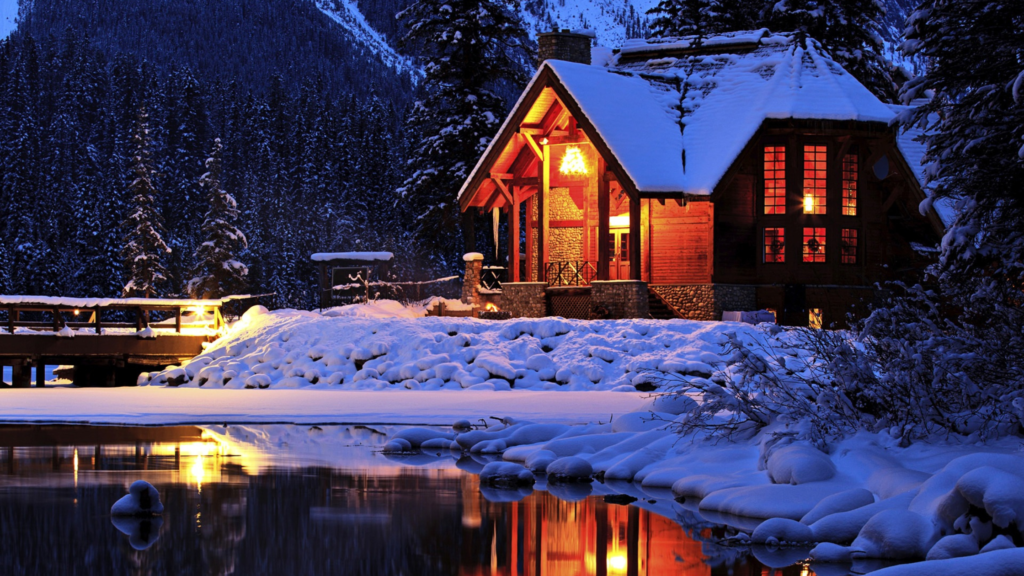
Generally, as it gets colder we do less jet-setting and more snuggling up at home. As summer gives way to autumn, the challenge of how long we can stave off switching on the heating begins in earnest. Inevitably, we cave and turn on our gas boilers and/or fires; appliances that often haven’t been used in months. This sudden additional strain on boilers, warm air heaters, and fires can cause them to break down. For this reason, it is important that you get your gas appliances (boilers, cookers, warm air heaters, fires, etc) serviced and safety checked by a Gas Safe Registered Engineer before the cold sets in.
Click For More Gas Safety Advice
5 Signs of Unsafe Gas Appliances
As well as regular servicing and safety checks, it is wise to monitor your gas appliances for signs of damage or leaks. The sooner you identify a problem, the quicker you can get it fixed, and the less time you expose yourself and your family to danger. There are five key indicators of unsafe gas appliances:
- Black marks and stains around the appliance
- Lazy orange or yellow flames rather than crisp,
blue ones - High levels of condensation
- The pilot light keeps going out (if applicable)
- You can smell gas
What Should I Do About a Suspected Gas Leak?
In addition to carbon monoxide poisoning, which can be mortal, gas leaks also pose a risk of fire or explosion. If you suspect there is a gas leak in your property, room, tent, caravan, boat, or other accommodation, you need to act fast and take the following steps:
- Extinguish any naked flames to prevent fire or
explosion - If safe and possible, turn the gas off at the
meter - Open windows and doors to improve ventilation
- Evacuate the area
- Inform the property owner, landlord, or holiday
representative as soon as possible - If you feel unwell or show signs of carbon
monoxide poisoning, you MUST seek medical attention
6 Symptoms of Carbon Monoxide Poisoning
- Headache
- Dizziness
- Breathlessness
- Nausea
- Collapse
- Loss of consciousness
The symptoms of carbon monoxide poisoning are often mistaken for those of food poisoning or flu. However, anyone who even suspects that they are suffering from CO poisoning must go outside into fresh air immediately and seek medical attention as prolonged exposure to CO can be lethal.
| Carbon Monoxide Concentration in Parts Per Million (ppm) | Duration | Symptoms |
| 200ppm | 2-3 hours | Headache |
| 400ppm | 1-2 hours | Headache and nausea |
| 3 hours | Life-threatening | |
| 800ppm | 1 hour (or less) | Seizures, severe headaches, and vomiting |
| 1-2 hours | Unconsciousness | |
| 1500ppm | 20 minutes (or less) | Dizziness, nausea, and unconsciousness |
| 1 hour (or less) | Death | |
| 6400ppm | 2-3 breaths | Unconsciousness |
| 15 minutes (or less) | Death |
Crowcon Gas Detectors
The importance of monitoring gas, particularly carbon monoxide, has been stressed throughout this article and one solution to this, that of packing a portable CO monitor, has been suggested multiple times. Crowcon, a leading manufacturer of gas detection equipment, offers several models suitable for protecting you at home and on holiday; these include:
Model
Image
These lightweight, clip-on models will issue an alert/s (visual, audible, and/or vibration – model dependent) when hazardous gas concentrations are registered.
Further Information
Please don’t hesitate to get in contact with our Sales team for more help and advice regarding gas safety, Crowcon’s gas detectors, and/or our range of gas monitors by other brands.
Browse Our Complete Collection of Personal Gas Monitors
Our team can be reached on 01642 931 329 or via our online form.
[1] Most of the information for this blog was gathered using the following source:
- Georgia Pratt, ‘Seasonal Gas Dangers’, Crowcon, last accessed 25 August 2022
Where other sources have been used, references have been added.
[2] Gordon Currie and Claire Galloway, ‘Company fined £120k after Scots teen dies from carbon monoxide poisoning in aristocrat’s cottage’, Daily Record, last accessed 25 August 2022
[3] Maryam Zakir-Hussain, ‘Third member of British family dies after ‘poisoning’ in Bangladesh’, Independent, last accessed 25 August 2022
[4] Matt Turner, ‘Report: Carbon Monoxide Cause of Three Sandals Resort Deaths’, Travel Agent Central, last accessed 25 August 2022


